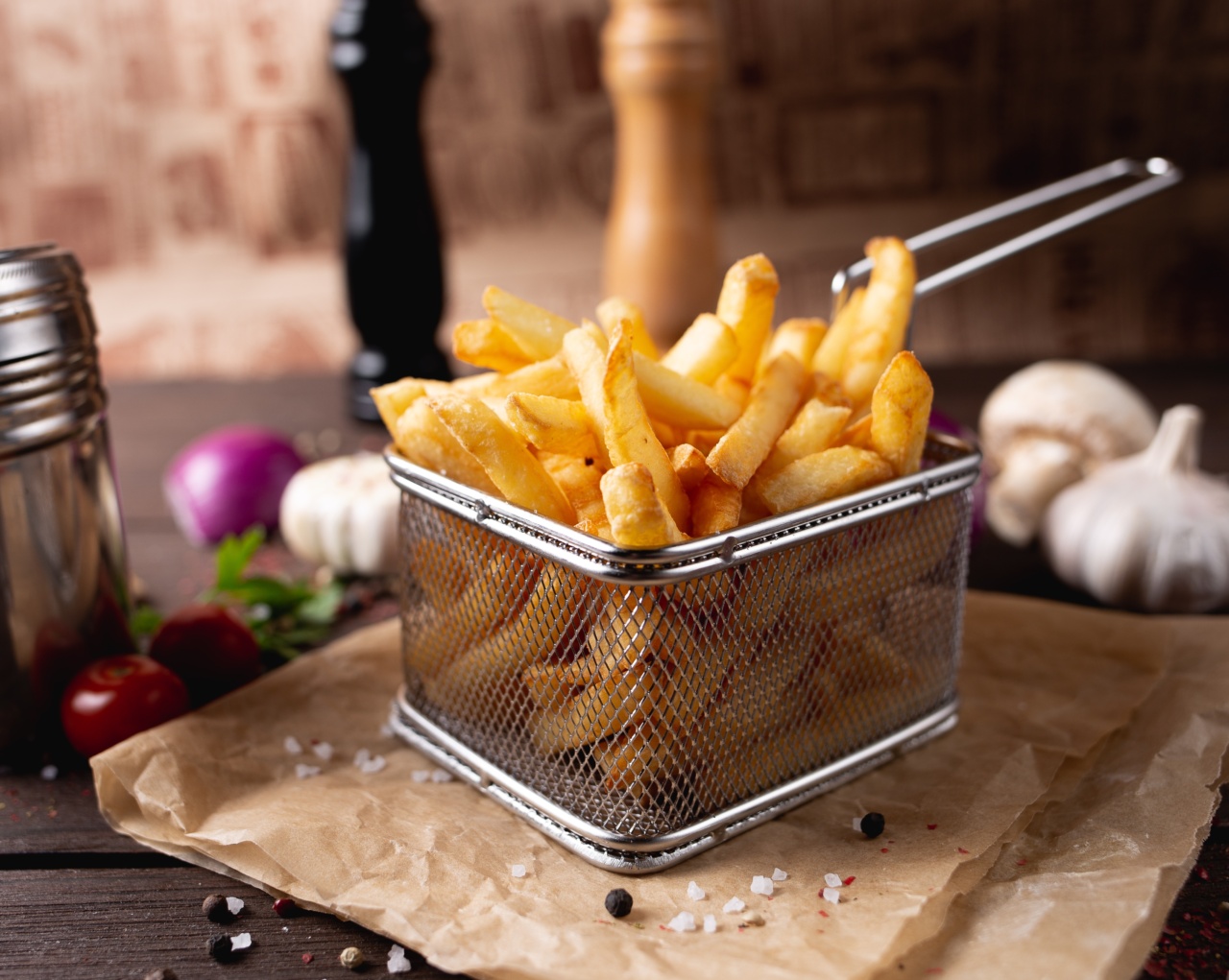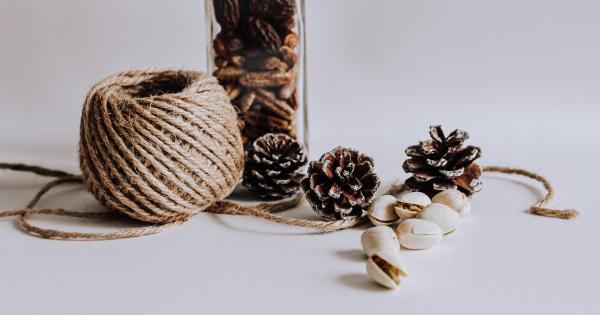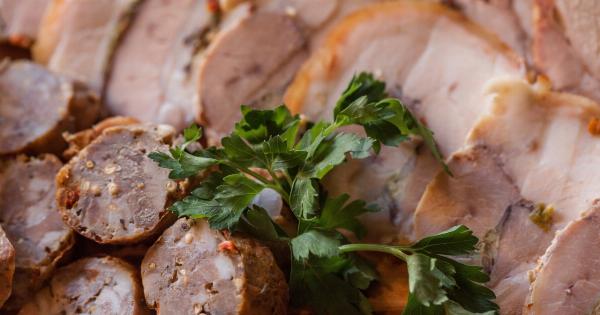French cuisine is renowned all over the world for its exquisite taste and refined flavors. From the crumbly croissants to rich cheese fondue, each dish has a unique taste that is characterized by a fusion of different herbs, spices, and ingredients.
But there are some hidden flavors within French cuisine that are not commonly known to many. In this article, we will explore some of these flavors and the dishes that showcase them.
1. Bouquet Garni
Bouquet Garni is a blend of fresh herbs tied together with a string and used to flavor soups, stews, and other dishes. The herbs used in Bouquet Garni are usually parsley, thyme, and bay leaves.
This blend imparts a unique flavor to the dish that is both fragrant and refreshing. The herb blend is added to the dish at the beginning of the cooking process and is removed before the dish is served.
2. Beurre Blanc
Beurre Blanc is a classic French sauce that is made by whisking cold butter into a reduction of white wine and vinegar. The result is a creamy, smooth sauce that is rich in flavor. This sauce is often served with fish dishes such as salmon and sea bass.
3. Tarragon
Tarragon is a perennial herb that has a bittersweet and slightly licorice flavor. It is commonly used in French cuisine to flavor sauces, soups, and vegetable dishes.
Tarragon is also a key ingredient in Béarnaise sauce, which is a classic French sauce made with clarified butter, egg yolks, white wine vinegar, shallots, and tarragon.
4. Dijon Mustard
Dijon mustard is a type of mustard that originated in the city of Dijon in France. It is made with black or brown mustard seeds, white wine, vinegar, salt, and sometimes other spices.
The taste of Dijon mustard is sharp and tangy, and it is commonly used to flavor salad dressings, sauces, and marinades.
5. Fennel
Fennel is a bulbous vegetable that has a mild licorice flavor. It is often used in French cuisine to add a subtle aniseed flavor to dishes. Fennel is commonly used in fish dishes, vegetable dishes, and salads.
It can also be roasted, sautéed, or grilled for added flavor.
6. Herbes de Provence
Herbes de Provence is a blend of herbs that is commonly used in French cuisine. The blend typically includes thyme, rosemary, oregano, and marjoram. Other herbs such as savory, lavender, and basil may also be included.
Herbes de Provence is often used to flavor meats, fish, and vegetables.
7. Comté Cheese
Comté cheese is a semi-hard cheese that is made in the Jura Mountains in eastern France. It has a nutty, sweet flavor that is often described as caramel-like. Comté cheese is commonly used in French cuisine to flavor soups, sauces, and gratins.
It is also commonly served on cheese boards with other French cheeses.
8. Cognac
Cognac is a type of brandy that is made in the region of Cognac in western France. It is typically aged in oak barrels for several years, which gives it a complex flavor profile. Cognac is commonly used in French cuisine to flavor sauces and desserts.
It is also commonly served as an after-dinner drink.
9. Chestnuts
Chestnuts are a common ingredient in French cuisine, particularly in the northern regions of the country. They have a sweet, nutty flavor that is often mixed with savory ingredients. Chestnuts are commonly used in soups, stews, and side dishes.
They can also be roasted and eaten as a snack.
10. Lavender
Lavender is a fragrant herb that is commonly used in French cuisine to add a floral flavor to dishes. It is often used in desserts such as ice cream, cake, and cookies. Lavender can also be used to flavor savory dishes such as lamb and chicken.
It pairs well with other herbs such as rosemary, thyme, and sage.
Conclusion
French cuisine is full of hidden flavors that are waiting to be discovered. From the fragrant Bouquet Garni to the nutty Comté cheese, each ingredient plays a crucial role in creating the unique flavors that we associate with French cuisine.
By exploring these flavors and incorporating them into your cooking, you can discover a whole new world of taste and flavor.































